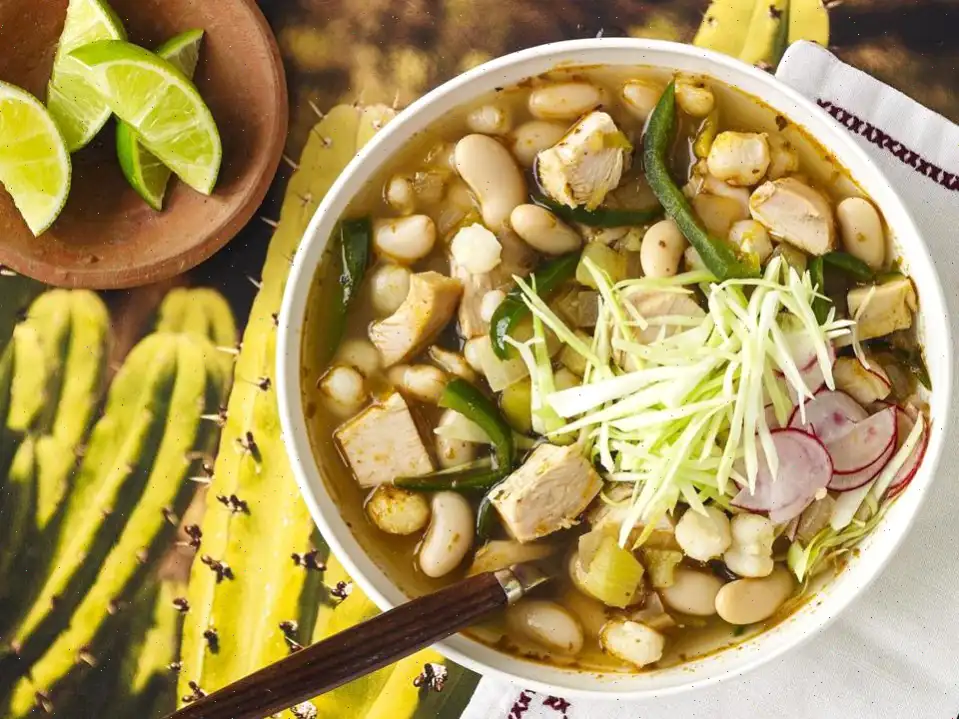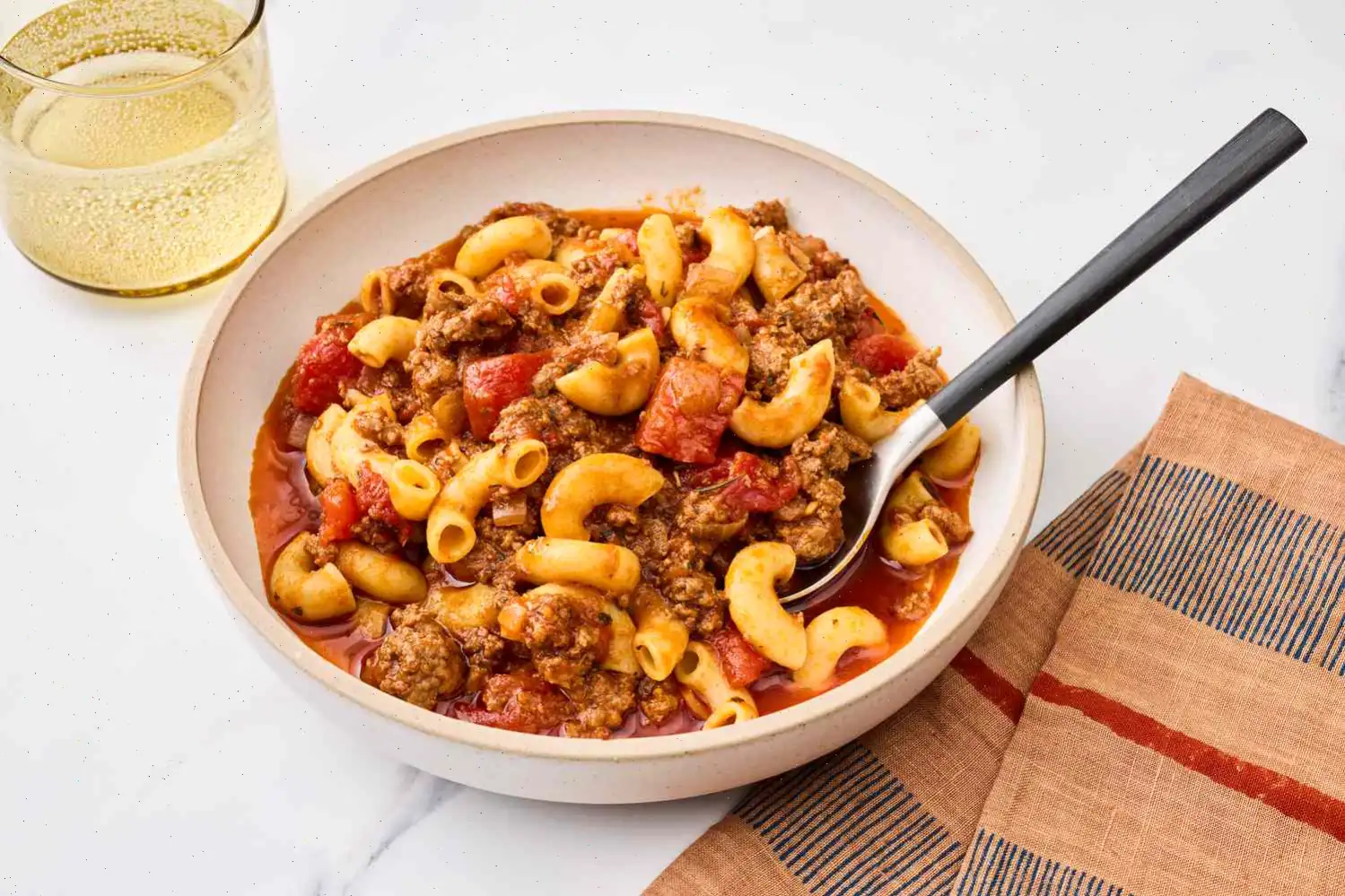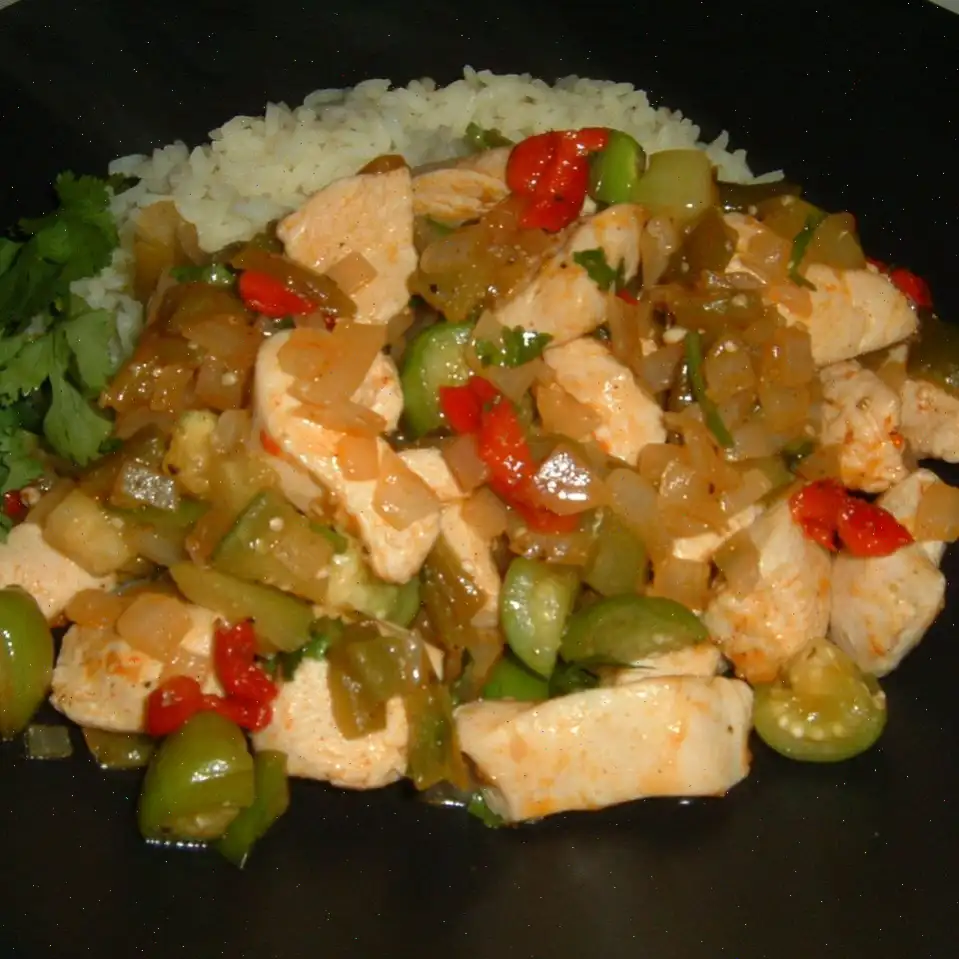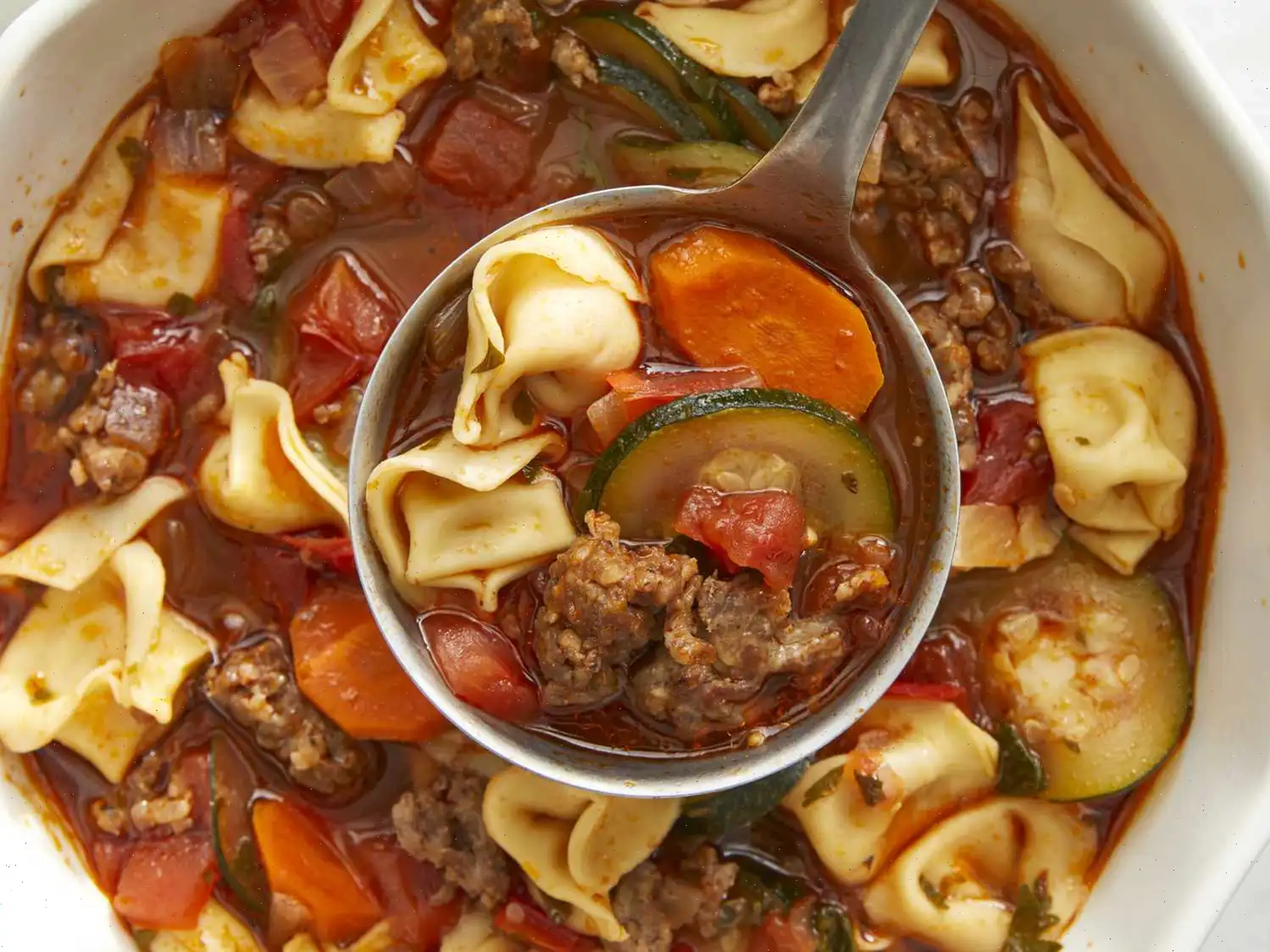
Smoked Salmon Sushi Roll Recipe
Making salmon sushi rolls at home is easier than you might think! With a few simple ingredients, you can prepare fresh, flavorful salmon rolls that taste just like those served in restaurants. Here's a detailed step-by-step guide to making your own homemade salmon sushi rolls.
Ingredients for Salmon Rolls
- 2 cups Japanese sushi rice
- 6 tablespoons rice wine vinegar
- 6 sheets nori (dry seaweed)
- 2 tablespoons wasabi paste
- 8 ounces smoked salmon, cut into long strips
- 1 cucumber, peeled and sliced
- 1 avocado, peeled, pitted, and sliced
How to Make Salmon Rolls
Follow these easy steps to prepare your sushi rolls:
Step 1: Soak and Cook the Rice
Start by soaking the sushi rice for about 4 hours. After soaking, drain the rice and cook it in a rice cooker with 2 cups of water. The rice should be slightly dry because you'll be adding vinegar later.
Step 2: Season the Rice
Once the rice is cooked, immediately stir in the rice wine vinegar. Spread the rice in an even layer on a plate and allow it to cool completely.
Step 3: Prepare the Bamboo Mat
Place a sheet of nori (seaweed) on a bamboo sushi mat. Make sure the shiny side is facing down. You will press a thin layer of cooled rice onto the nori, leaving at least half an inch at the top and bottom edges of the seaweed uncovered. This will make sealing the sushi easier.
Step 4: Add the Fillings
Now, spread a thin layer of wasabi paste over the rice. Arrange strips of smoked salmon, cucumber slices, and avocado slices about 1 inch from the bottom edge of the seaweed.
Step 5: Roll the Sushi
Lightly moisten the top edge of the nori with a little water. Then, carefully roll up the sushi tightly from the bottom to the top edge using the bamboo mat. This will create a nice, compact roll.
Step 6: Slice the Rolls
Once your roll is complete, use a sharp knife to slice it into 8 equal pieces. Repeat the process with the remaining ingredients.
What to Serve with Salmon Rolls
These salmon sushi rolls are great on their own, but you can also pair them with some tasty side dishes:
- Miso Soup
- Simple Roasted Edamame
- Homemade Pickled Ginger
- Kombu Seaweed Salad
How to Store Salmon Rolls
Although salmon rolls are best enjoyed fresh, you can store leftovers in an airtight in the refrigerator for up to two days. Just be sure to consume them quickly for the best taste and texture.
Community Tips and Praise
Here's what others are saying about this recipe:
"I've been making sushi from this recipe for about three years now," says Annette Self. "It's an art, no doubt. Patience is needed, but quickness is key. I also make a teriyaki-honey sauce for dipping." - Annette Self
"Making this was surprisingly easy," according to FRAMBUESA. "I didn't have a sushi mat, so I used wax paper instead, and it worked perfectly. The flavor was excellent!" - FRAMBUESA
"Keep your fingers wet when rolling the sushi to prevent the rice from sticking to them," advises phibie. "It helps to have a small bowl of water nearby for dipping your fingers." - phibie
Nutrition Facts (per serving)
- Calories: 291
- Total Fat: 7g (9% DV)
- Saturated Fat: 1g (6% DV)
- Cholesterol: 9mg (3% DV)
- Sodium: 405mg (18% DV)
- Total Carbohydrate: 45g (16% DV)
- Dietary Fiber: 4g (14% DV)
- Total Sugars: 0g
- Protein: 11g (22% DV)
- Vitamin C: 5mg (6% DV)
- Calcium: 16mg (1% DV)
- Iron: 3mg (14% DV)
- Potassium: 323mg (7% DV)
Smoked salmon sushi roll combines the traditional art of sushi making with the bold and smoky flavor of cured salmon. This dish not only offers a unique taste but also tells a story of cultural fusion that spans oceans and time. In this article, we'll explore its origins, regional variations, how it compares to similar dishes, where it is served, and some fascinating facts about this beloved sushi roll.
History and Origin of the Smoked Salmon Sushi Roll
The sushi roll, or "maki," has been a cornerstone of Japanese cuisine for centuries. However, the smoked salmon sushi roll is a more recent invention, with roots deeply tied to the fusion of Japanese and Western culinary influences. While traditional sushi uses raw fish such as tuna or salmon, the use of smoked salmon likely emerged in the late 20th century, particularly in North America. It was during this time that sushi began to gain popularity outside Japan, and many restaurants started experimenting with new ingredients to appeal to local tastes. Smoked salmon, already a common ingredient in European and American cuisines, found its way into sushi rolls, creating a more accessible and milder alternative to raw fish.
Regional Variations
In Japan, sushi rolls are typically made with fresh fish, and smoked salmon is not a common ingredient. However, in places like the United States and Canada, where sushi has become a mainstream food item, the smoked salmon sushi roll has become a favorite among sushi lovers. It is particularly popular in the Pacific Northwest, where salmon is abundant. In these regions, smoked salmon is often paired with creamy ingredients like avocado or cucumber, giving the roll a refreshing, balanced taste. Other variations include the use of cream cheese or dill, which are both common accompaniments to smoked salmon in Western cuisine.
How It Differs from Similar Dishes
While smoked salmon sushi rolls share some similarities with traditional sushi rolls, the key difference lies in the type of fish used. Traditional sushi, such as nigiri or sashimi, features raw fish, often served in its purest form to showcase its natural flavors. In contrast, smoked salmon sushi rolls use cured salmon, which imparts a smoky, slightly salty taste that contrasts with the clean, fresh flavor of raw fish. Additionally, the smoked salmon is often paired with ingredients like cream cheese or avocado, which are not typically found in traditional sushi rolls. The texture of smoked salmon is also different, being firmer and less delicate than raw fish.
Where Smoked Salmon Sushi Rolls Are Commonly Served
Smoked salmon sushi rolls are typically found in sushi restaurants across North America and Europe, where they have become a popular fusion dish. In these regions, sushi restaurants often adapt traditional Japanese recipes to cater to local tastes, incorporating familiar ingredients like smoked salmon. They are commonly served in both casual and upscale sushi bars, and can also be found at grocery stores or specialty shops that offer pre-made sushi rolls. The rolls are often served with wasabi, pickled ginger, and soy sauce on the side, allowing diners to personalize their flavor experience.
Interesting Facts About the Smoked Salmon Sushi Roll
- While smoked salmon is a traditional delicacy in many cultures, it is not a native ingredient in Japan. The fusion of smoked salmon with sushi highlights the globalization of Japanese cuisine.
- In some regions, the smoked salmon sushi roll is considered a "California roll," but with a twist. This style of sushi, which typically includes cooked or smoked fish, was designed to cater to Western tastes, offering a milder option compared to raw fish.
- The addition of smoked salmon in sushi may be linked to the health benefits of omega-3 fatty acids, which are abundant in salmon. These fats are known for promoting heart health and reducing inflammation.
- Smoked salmon sushi rolls have gained a reputation for being both flavorful and easy to prepare at home, making them a popular choice for sushi enthusiasts looking to try their hand at making sushi rolls.
- In some variations, chefs use smoked salmon as a topping or filling in "sushi bowls," a deconstructed version of the traditional roll that allows for easy customization of ingredients.
FAQ about Smoked Salmon Sushi Roll Recipe
Comments
Victoria Johnson
01/13/2024 04:48:08 AM
Fantastic instructions that led to amazing results! A big thank you to fellow reviewers for these helpful tips: 1) Incorporating 2tsp of brown sugar into the rice before adding vinegar greatly enhances taste and stickiness. 2) Moistening the knife for clean cuts through nori. 3) Using wax paper as a replacement for a bamboo sushi mat.
Anthony Lopez
07/04/2024 09:54:32 PM
I absolutely loved this recipe and made a few substitutions. I only had arborio rice on hand, but followed the instructions, soaking it for 4-5 hours and draining it a few times. I had a small amount of leftover grilled salmon, so I decided to give this a try. I was so glad I did! I spread the rice thinly on the nori sheet, sprinkled some ground ginger on it, and then added guacamole and wasabi to half of the rolls, and wasabi with capers on the other half. I placed the salmon on top, rolled them up using a bamboo sushi roller, and sliced them with a sharp knife. They turned out delicious! Thank you for the recipe.
Sharon Rodriguez
09/16/2023 06:55:27 AM
My Korean friend shared a great tip with me - you can store cooked sushi rice in the fridge for up to 5 days to make convenient roll nights. She puts it in a sealed ziplock bag, removes the air, warms it up slightly in the microwave, and adds a touch of sesame oil for extra flavor. It's a game-changer for easy sushi rolling at home!
Gregory Parker
02/04/2023 07:24:30 AM
I prepared my rice following the advice of another reviewer by mixing brown sugar and salt with the vinegar before pouring it over, and I believe it gave the rice a nice touch. To make the process easier, I decided to use kitchen scissors to cut the nori sheets before assembling my rolls. It took me a while to get the hang of the rolling technique, but the end result was absolutely delicious! My brother, a sushi enthusiast, was quite impressed with the outcome!
Laura Clark
01/15/2023 12:49:06 AM
I have been making this roll for years and it has always been a hit! I prepare the rice with a tablespoon of sugar and a dash of salt, and add thin slices of green onion, unsmoked lox, and toasted sesame seeds for extra luck. Sometimes I also include thin strips of yellow or red peppers. To serve, I offer a dipping sauce made with soy sauce, sugar, chili oil, and sesame oil, with wasabi on the side and pickled ginger. I wrap the rolls tightly in plastic wrap, twisting the ends to keep the filling secure, and refrigerate them for several hours to firm up. These rolls are always a huge hit at parties!
Linda Brown
10/08/2024 03:14:43 AM
Picture giving a recipe a lower rating simply because you didn't follow the instructions correctly. Or writing a review for a recipe after completely changing all the ingredients. Reading such reviews can be quite frustrating. This sushi recipe is exceptionally reliable and can easily be customized and improved upon. As it is, it is delicious and straightforward.
Ryan Evans
04/08/2025 03:57:16 AM
The recipe was delicious, but I would add some cream cheese to make it even better.
Jason Moore
03/21/2024 08:32:09 PM
I found this recipe to be extremely simple to follow, and I was impressed by the precision of the ingredient measurements, which made it a breeze to prepare each sushi roll. I opted to use a peeler for creating thin cucumber slices, which turned out wonderfully. The subtle taste of the smoked salmon blended nicely with the other components, giving it more of a California roll vibe than a classic salmon taste. Even my husband, who isn't particularly fond of smoked salmon, thoroughly enjoyed this dish.
Kimberly Jones
06/04/2025 08:54:46 PM
I added some cream cheese - the perfect combination!
Anna Young
02/05/2023 11:48:34 PM
I have been using this sushi recipe for approximately 3 years, experimenting with different ingredients and variations. Making sushi is truly an art that requires patience and speed. I also prepare a delicious teriyaki-honey sauce for dipping. So tasty!








